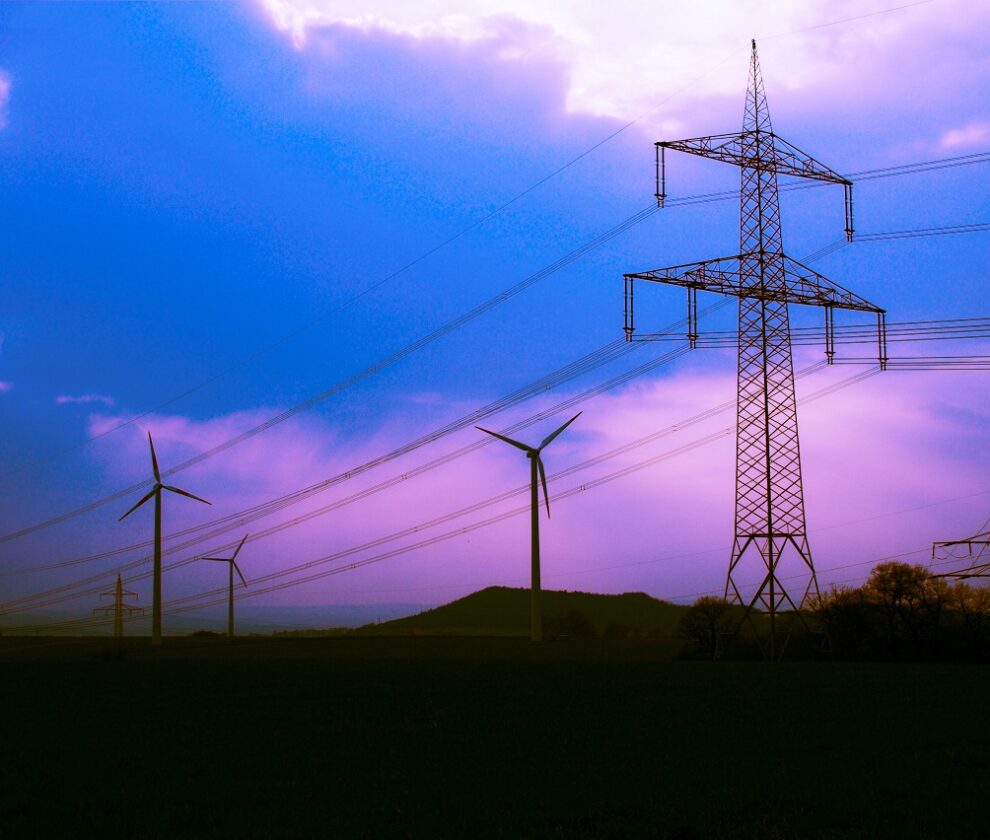Rooftop solar is without question the poster child of the clean energy revolution, with good reason: it’s visible, increasingly affordable, and growing explosively. Dubbed “power to the people” by leading environmental author and activist Bill McKibben, rooftop solar now symbolizes green commitment for the left and bootstrap self-reliance for the right. It would be hard to blame anyone for concluding that the shiny panels dotting communities everywhere were the principal drivers of America’s transition to clean energy.
Except that they’re not.
The truth is that the vast majority of America’s wind and solar electricity – more than 85 percent – comes from large scale facilities. Virtually all wind power comes from utility-scale installations in places so remote that they’re rarely seen by anyone who is not operating them. More than half of all solar panels in the U.S. are in vast arrays capable of powering tens of thousands of homes. Solar on residential rooftops is growing rapidly, but accounts for just 20 percent of total U.S. solar electric capacity, a proportion that will fall further as large scale installations grow.
Bigger is Cheaper
Economies of scale – the principle that the cost of making a unit of something falls as you produce more of them – applies to renewable energy just as it has to countless other products, from Henry Ford’s Model T’s to flat screen TVs. Large wind turbines produce energy for pennies on the dollar compared to small turbines suitable for commercial or residential settings. Taller towers reach stronger and more consistent winds at higher elevations, and longer blades capture more of the wind’s energy in each sweep. Despite using identical photovoltaic (PV) technology, large scale solar arrays generate electricity at less than half the cost of panels on a typical home (installed costs per watt dc: $1.38 for utility scale vs. $3.55 for residential[1]). Superior resource quality is a big driver of lower costs: utility-scale developers target very windy and sunny places far from where most people live. Large solar arrays save even more money by cutting unit installation costs and by ensuring that each panel sits at the optimal angle to the sun (not an option for most residential rooftops).
Bigger Networks Connect More Renewables – and Improve Their Performance
Moving power hundreds of miles from remote wind and solar facilities to customers is much more efficient than widely believed. In 2013, just 5% of the power generated on the U.S. grid was lost on wires[2], and most of that “line loss” occurred at the distribution level. Transmission is the smallest part of the average electric bill, only 9% compared with more than 65% for generation[3]. Generation cost savings from large scale wind and solar facilities are so large that they recoup the cost of transmission lines needed to connect them rapidly. Regional transmission investments in Texas, California, the Southwest Power Pool, and the Midcontinent Independent System Operator are delivering enormous amounts of large scale wind at net savings to customers. Benefits to electricity customers typically exceed costs by factors of 3 to 1 or more, and include reduced energy costs, congestion relief, improved reliability, reduced capacity costs, improved market liquidity and competition, and emissions reductions.
Robust regional transmission grids squeeze more kilowatts out of every wind and solar facility by finding demand whenever the wind is blowing or the sun is shining. When the grid is constrained, excess wind and solar generation are “curtailed,” i.e. wasted or dumped to avoid dangerously overloading the grid. Transmission expansions eliminate these losses, making wind and solar generators even more efficient and valuable. Texas wind curtailments plummeted from 17% in 2009 to 0.5% in 2014 – even as total wind generation nearly doubled – thanks primarily to well-planned transmission expansions and upgrades completed in 2013[4].
Big Solutions for a Huge Challenge
Small may be beautiful, but the global climate challenge is anything but small. The landmark agreement negotiated in Paris last year provided another stark reminder of its staggering magnitude. Avoiding catastrophic climate change impacts means reducing global carbon emissions 80 percent by 2050, with even steeper cuts in the electric sector. Big, cheap, and abundant wind and solar, enabled by expanded and upgraded regional transmission networks, are quietly leading the transition away from aging fossil power plants and toward an affordable, reliable, and universally accessible clean energy future. America has more than enough wind and solar to power everything – including transportation – dozens of times over. The key to capturing this potential is doubling down on the big solutions that are working better, cheaper, and faster than anything else.
[1] Solar Energy Industries Association, Solar Market Insight 2015 Q3, Executive Summary, December 9, 2015.
[2] U.S. Energy Information Administration (EIA), State Electricity Profiles, Table 10: Supply and Disposition of Electricity, July 10, 2015 update.
[3] U.S. EIA, Annual Energy Outlook 2015, Reference Case, Table 8: Electrical supply, disposition, prices, and emissions.
[4] Department of Energy, 2014 Wind Technologies Market Report, Ryan Wiser and Mark Bollinger, August, 2015.
25 Feb

